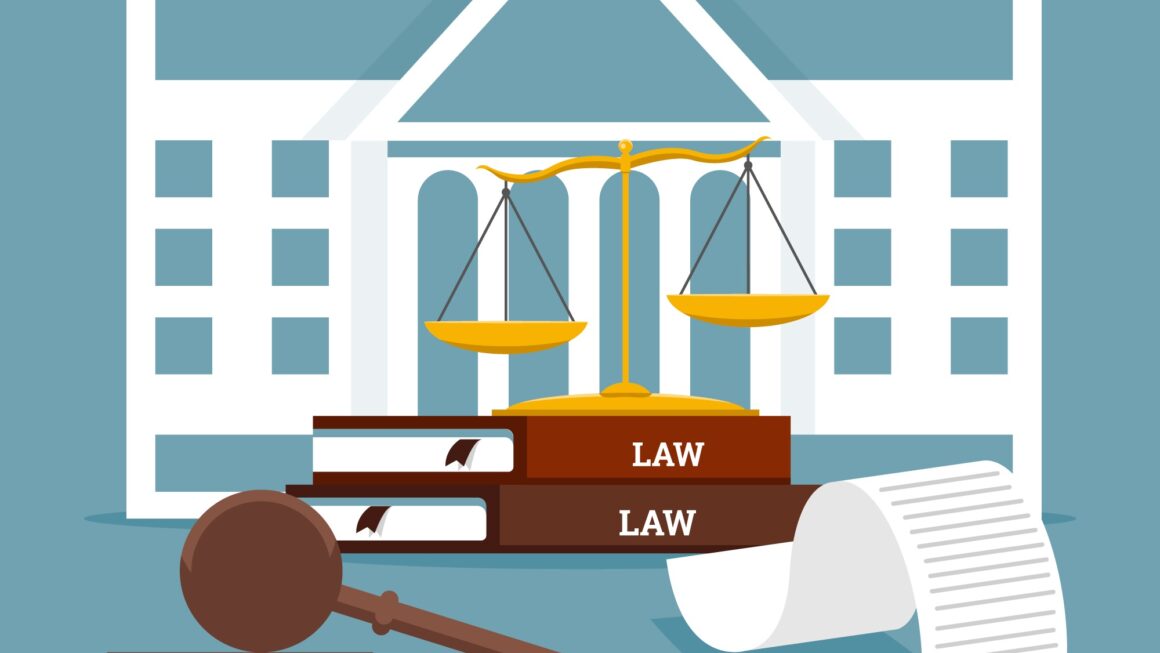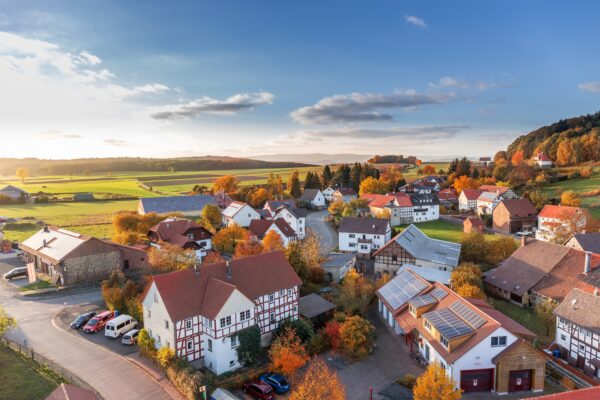The first question arises when it comes to rules and regulations of building that is it really necessary? Well the answer is yes. Building Bye-Laws are not only necessary but they are compulsory. These set of Bye-Laws are formed and regulated by different authorities like municipal department, state and central government. The authorities in India are National Building Code (NBC), Town and Country Planning Organization (TCPO), Delhi Development Authority (DDA). If you want to know more about Building Bye-Laws: Architectural regulation tool then read till the end.
What are Building Bye-Laws?
Building Bye-Laws are the set of rules/norms set by the government authorities under which construction of the building should take place. It covers various aspects such as coverage, height, setbacks and many more that we will discuss in detail under this blog.


Jurisdiction of Building Bye-Laws:
The Building Bye-Laws shall apply to the building activity in the State/Urban Center/Town for which they are framed and the same shall be unambiguously specified in the Building Bye-Laws. It is desirable that the jurisdiction of building Bye-Laws includes all contiguous urban settlements in an urban agglomeration.
For example in India, the central government has framed the model Building Bye-Laws, 2016. The model Building Bye-Laws, 2016 are not binding on the states. The states have different set of norms which are formed by state government.
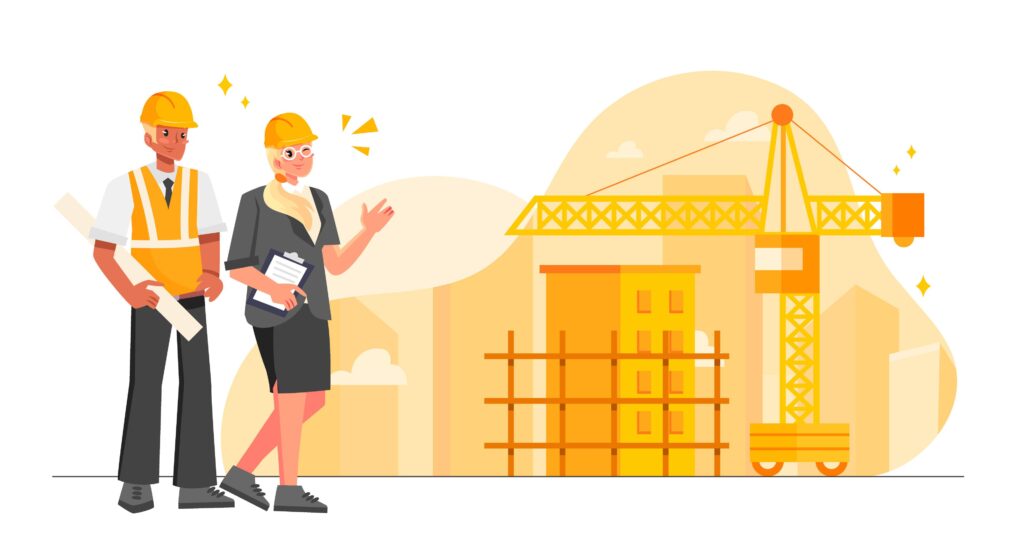
Do Building Bye-Laws differ from city to city?
Yes, there are regional variations in building Bye-Laws. A construction standard that applies in a rural location might not be applied in metropolitan settings, for instance. So, Building norms change according to the area and in few interior parts of India building norms are not even applicable.

Applicability of Building Bye-Laws:
These building byelaws shall be applicable to all building activities and read in conjunction with the master plan/development plan/regional plan/any other statutory plan in force, if any, and notifications, if any, with regard to the same and as amended from time to time and shall be applicable for a period of five years after which they shall be reviewed. Till such time the reviewed Building Bye-Laws are notified, these building byelaws will continue to be in force.

Recent Building Bye-Laws: In India
TCPO has made an effort to prepare “Model Building Bye-Laws- 2016” for the guidance of the State Governments, Urban Local Bodies, Urban Development Authorities, etc which is an improvement over the previous Model Building Bye-Laws brought out in 2004.
Why Building Bye-Laws is necessary:
Building Bye-Laws are necessary for various reasons which are given below:
- Building Bye-Laws help to prevent the unplanned development so that it does not turn the city into a concrete jungle. It is very important to regulate the development of any city or a town in order to save it from excessive coverage, encroachment, haphazard development resulting in chaotic conditions, inconvenience for the users and disregard for building aesthetics.

- Building Bye-Laws also ensure the optimum utilization of the spaces. As it specify the total area to be covered such as total ground coverage, total built-up area and Floor Area Ratio etc.
- They also adhere to aesthetic standards by providing provisions for open spaces in the project.
- It provides guidelines to the architects and engineers for designing better buildings. Most of the norms of the building design are already set by Building Bye-Laws for example coverage, FAR, height, setbacks and other safety measures.
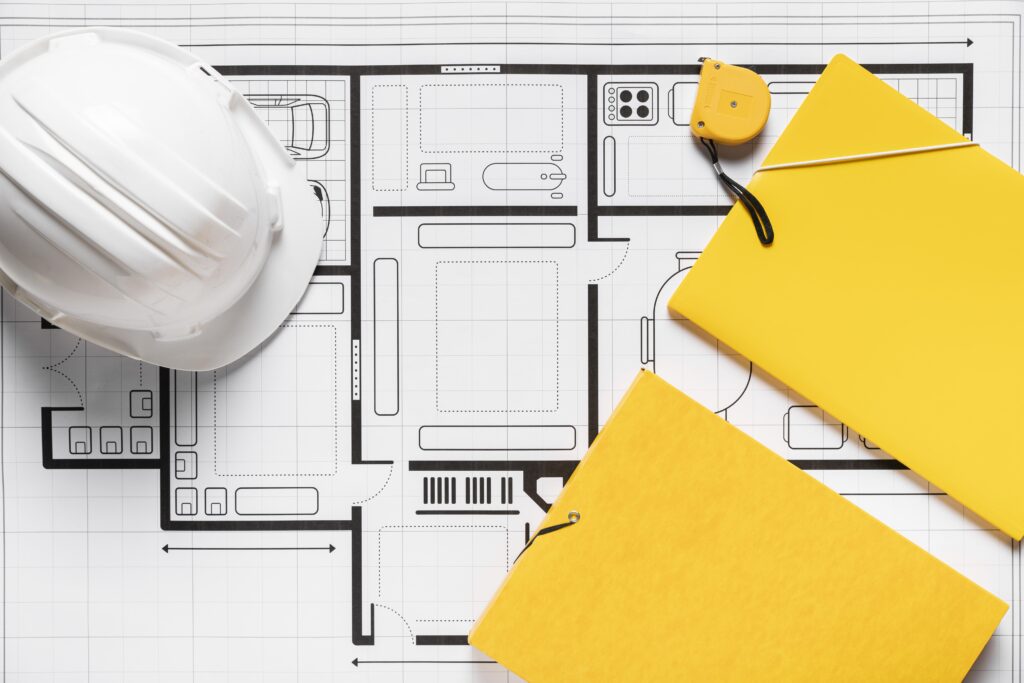
- To ensure safety and security to the people and also to protect the buildings against noise, fire, earthquakes, structure failure and any hazardous activity. This is one of the main aspects as it is very important to make sure that the users of the building do not get harm.
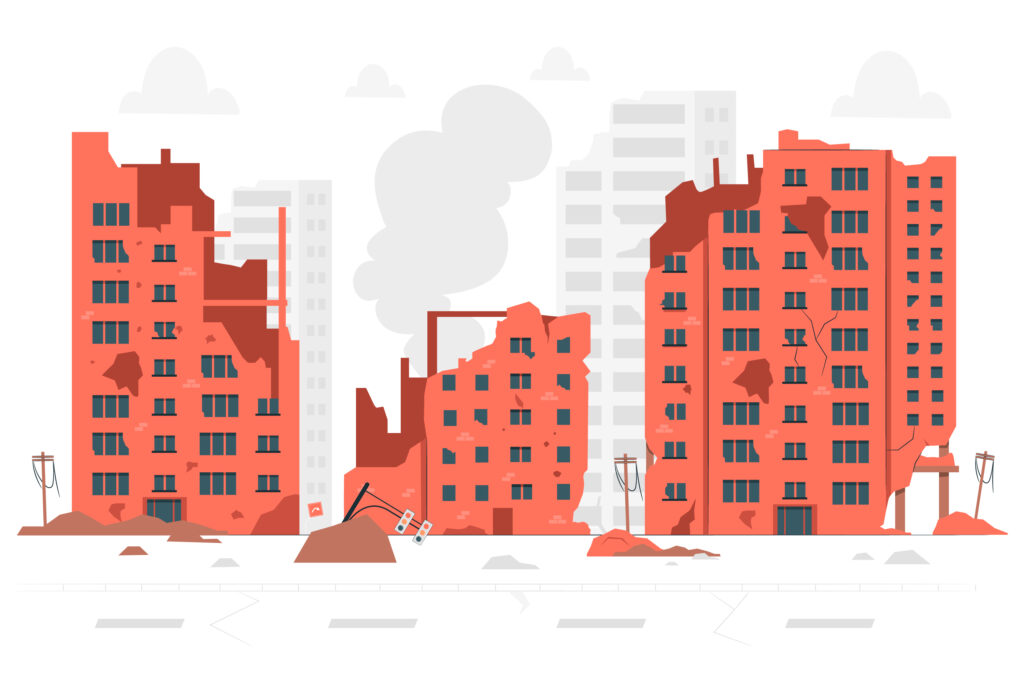
- It also consist norms to ensure that there is minimum harm to the environment as the there are measures in place to keep disturbances to a minimum because building activities often entail elements that could be damaging or harmful for local residents. Throughout the construction process, builders must take attention of a number of factors, including unhealthy dust buildup levels, health risks, structural failure, fire risk, and high levels of noise.
Aspects of Building Bye-Laws:
Following are the few aspects of Building Bye-Laws
1. Building height- Building height is the vertical distance measured from natural ground level to the finished surface of the roof.
2. Building line- Building line is basically the boundary line along the street beyond which the building must not project.
3. Carpet area- The covered area of the usable room of the dwelling unit at every floor of the building excluding the area of the walls.
4. Built-up Area/Covered area- The total area covered above the plinth level covered by the building which does not include the Garden, swimming pool, trees, tanks, drainage culvert, gutter, chamber, boundary wall, gate and chajjas (projections of windows) and open staircase (uncovered).
5. Floor Area Ratio (FAR)/ Floor Space Index (FSI) – FAR is defined as Total covered area on all the floors divided total area of the plot.
Floor Area Ratio = Total covered area on all floors/ Total area of the plot.
6. Set-back line- Set-back lines are those which run parallel to the plot boundaries beyond which nothing can be constructed towards the plot boundary as the recommendation of the authority. There are different types of set-backs such as Front, back and side set-backs, and all of them have different measurement set by the authority.
7. Plinth area- The built-up covered area measured at floor of the basement or any story of the building.
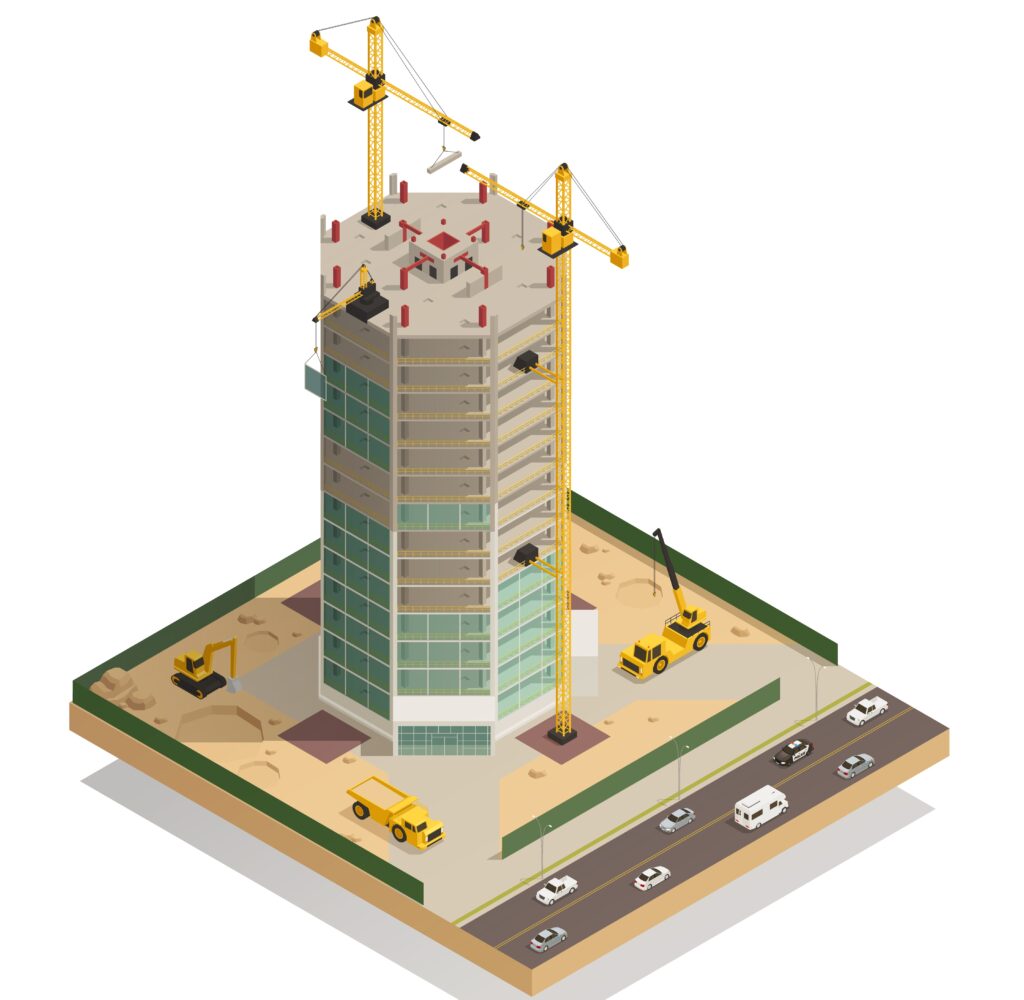

Building Bye Laws also focus on:
Building Bye also focuses on few important factors that needed to be taken care of and few of them are following
- Conservation of heritage sites including heritage buildings, heritage precincts and natural feature areas.
- Provisions for differently-abled, elderly and children
- Fire protection and fire safety requirements in order to save the occupants during the disaster.
- Rain Water Harvesting (RWH) system
- Green buildings and sustainability provisions
- Climate resilient construction: Integration of environmental clearances with sanction
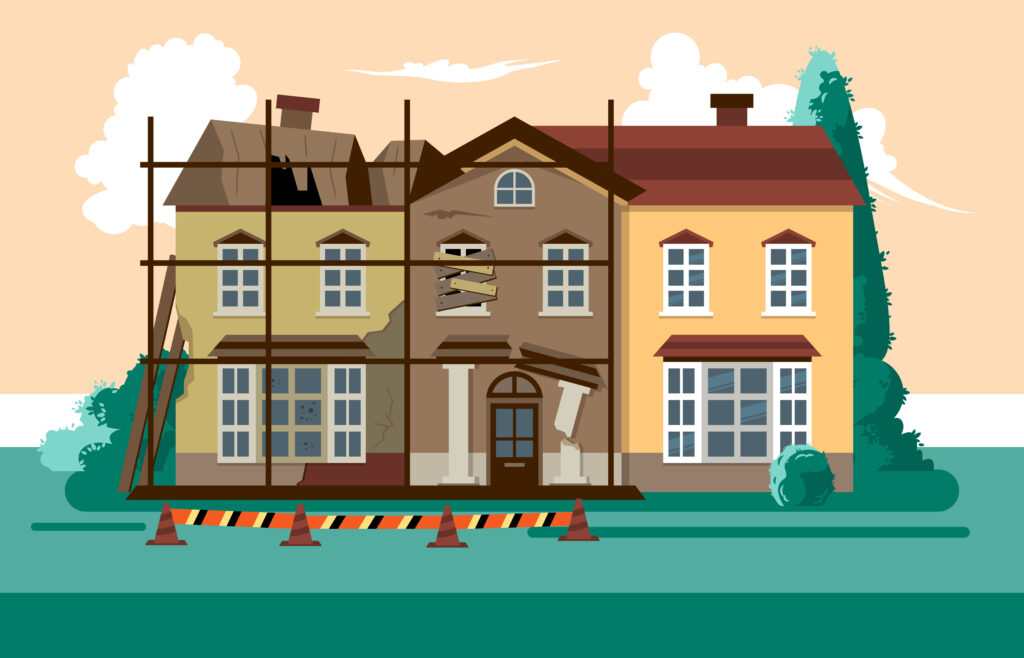

Do building bye-laws cause project delays?
In addition to following the restrictions outlined in the construction bye-laws, real estate developers in India are also subject to a number of other rules and regulations. Due to the excessively long wait times involved in requesting authorization from different departments and receiving their approval, a high degree of compliance is frequently mentioned as a major cause of project delays. Along with following federal laws, contractors must abide by local development regulations throughout the entire construction process. Examples of these local development authorities include the Delhi Development Authority (DDA), the Mumbai Municipal Corporation (BMC), the Bruhat Bengaluru Mahanagara Palike (BBMP), etc.

Conclusion, Building Bye-Laws: Architectural regulation tool
There is no doubt that Building Bye Laws are the important tool for regulating the unnecessary development in the country. It’s crucial to learn about the building bye rules that apply to construction for everyone who wants to have a structure built or works in the construction sector. So, that’s why architects, contractors and engineers are hired by the people to ease the whole process. Any departure from the established guidelines could lead to the property’s eventual classification as illegal.
I hope you liked this blog Building Bye-Laws: Architectural regulation tool then please let me know through your comments. Please share it with other people who are passionate about architecture and design. Contact us in case of any queries and also read my previous blogs related to architecture and travel. Thank you.




